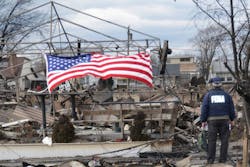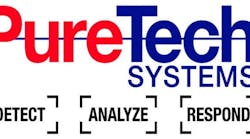Editor's note: Edward Dunham, an attorney with Kleinbard, Bell & Brecker, co-authored this blog entry.
If your company recently suffered a power outage or other hurricane-related damage you may be tempted to put any potential insurance claim to the side and focus on getting your operations up and running again. First things first, but you may have rights under the insurance you’ve purchased for a premium. To maximize the potential for insurance coverage, one of your first priorities should be to report your claim to your insurance company, including full documentation of the damage, with photos and/or videos if appropriate. Getting your insurance agent or broker involved immediately will help not only with navigating the claims process, but also with allowing you to focus more on resuming operations.
Once you have filed your claim (and hopefully resumed close to normal operations), you may want to take a careful look at your business interruption or business income insurance coverage to see if it covers any financial loss you may have suffered. Most likely, you will find the provisions in your general liability policies; business interruption coverage is seldom written as a stand-alone policy. While property insurance covers physical damage, business interruption insurance is intended to put your business in the same financial condition it would have been in had the loss not occurred. Some security providers in storm ravaged portions of the country may have sustained significant insurable losses.
If your business interruption coverage is appropriate to your business, it should cover some or all of the following:
- Profits you would have earned (based on prior months' financial statements).
- Fixed costs/operating expenses and other costs still being incurred by the property (based on historical costs).
- Temporary location expenses for moving to, and operating from, a temporary location.
- Reimbursement for reasonable expenses (beyond the fixed costs) that allow your business to continue operation while the property is being repaired.
This coverage extends until the end of the business interruption period or period of restoration, which most policies define as the period beginning on the date of the covered loss and ending on the date when the damaged property is physically repaired and returned to operations under the same condition that existed prior to the disaster.
If you can’t get satisfaction, look to an insurance adjuster or a lawyer with experience in insurance coverage matters. It may make all the difference in the world.


